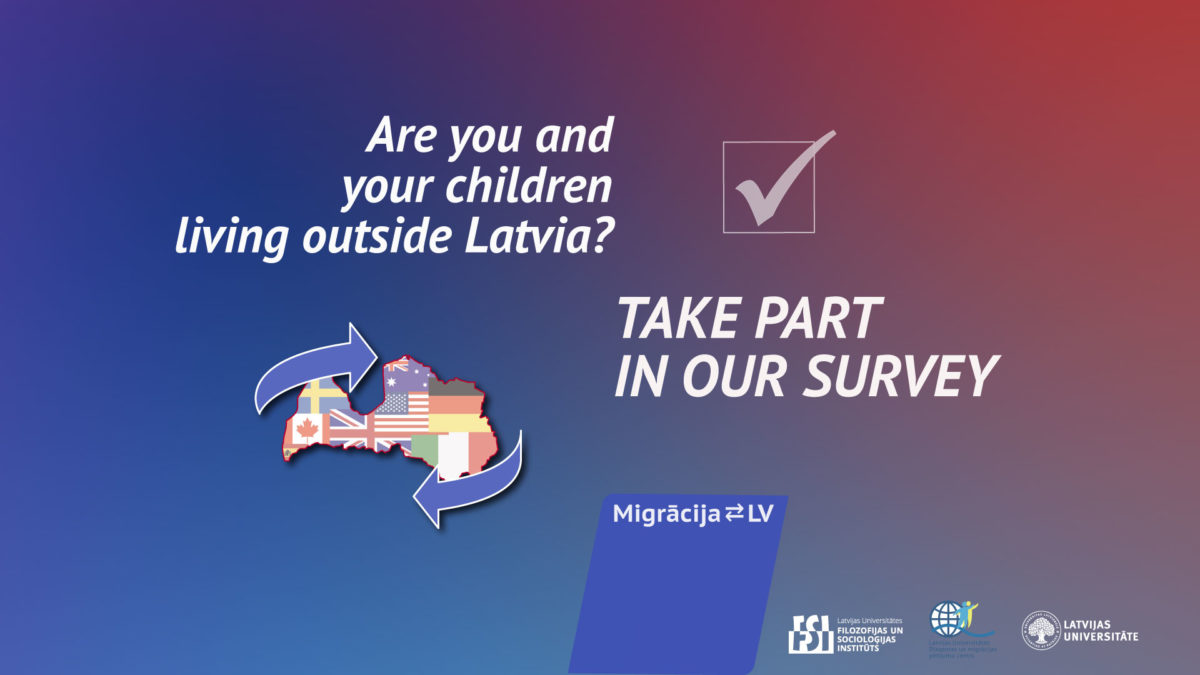Young Latvian composer Jēkabs
Jančevskis has, in a few short years, become one of Latvia’s premiere and
in-demand composers. His compositional skill, particularly in the field of
choir music, has brought him international recognition, and his choir music
works are performed by choirs all around the world. With his keen sense of
melody and harmony, as well as skill with drama and tension, Jančevskis has
brought forth a number of engrossing and captivating choir works.
Recognizing Jančevskis’ already notable contribution to the field of Latvian choir music, the Mixed Choir of Riga Cathedral Choir School and conductor Jurģis Cābulis recorded the first album of purely Jančevskis’ choir works. Released in 2020, the album is entitled Aeternum and highlights the many facets to Jēkabs Jančevskis’ choir music.
Though many of the works on the album are of a dramatic nature, perhaps the most cinematic and striking work is ‘Atsalums’, a work based on Latvian folk songs. ‘Atsalums’ (translated as ‘Coldness’) begins with a quiet vocalize that builds to a crescendo with the addition of a note from each voice group. The text is about a young girl who wishes to give herself to a foreign man, only to become disillusioned and realize that her heart belongs to Latvia. The song makes a number of dramatic shifts, from the whispered exhortation for the girl not to give herself to foreigners, to the despondent song of the girl herself (performed resonantly by Katrīna Paula Felsberga), to the mournful harmonies of the men’s choir. The performance concludes with a thunderous full throated affirmation of the beauty of the song of the girl’s countrymen – ‘tā dziesmiņa man skanēja, ko dziedāja bālēliņi’ (the song that my brothers sang resounded) and turning away from foreign attractions – ‘ko dziedāja sveši ļaudis, to saminu kājiņām’ (what the foreigners sang, I trampled). This very theatrical performance with its range of emotions and moods is presented vividly by Cābulis and the choir.
The most tragic event in recent Latvian history was the collapse of the roof of the Maxima supermarket in the Zolitūde area of Rīga in 2013, which took the lives of 54 people. As a tribute to those that lost their lives that day, Jančevskis composed ‘Ar zvaigžņu kluso gaismu’ (or ‘Silent Starlight’), from a poem by Ojārs Vācietis. Particularly striking is the solo kokle performance by Ansis Jansons. According to the album notes, the Latvian kokle, according to mythology, is built from wood that contains the soul of a departed person. Along with the forlorn singing of the men’s choir, the text ‘Tu mani, mīļā, vairs neredzēsi’ (You will not ever see me, darling), the performance is a heartbreaking tribute to those that perished. The sound of the kokle might even make some think of the ring of a mobile phone that goes unanswered…
Though most prayers are quiet and
reflective, the prayer contained in Jančevskis’ ‘Mater Amabilis’ is a complex
and moody work, that even seems to be full of anger at times. Beginning
quietly, the work builds tension, and rises to an almost furious climax, less
of a prayer but almost a demand – ‘ora pro nobis’ (pray for us). The almost
anguished singing then gives way to a calmer, but still uneasy peace at the
conclusion. The choir carries us through this storm of emotions with their
gripping and riveting performance.
Though about suffering, the work
‘The Button’ is about enduring unspeakable hardship and surviving. Latvian poet
Knuts Skujenieks suffered greatly at the hands of the Soviet authorities, and
endured many years in a Soviet concentration camp, having only the shirt on his
back to remind him of Latvia, and the shirt had a button sewed onto it by his
wife, inspiring this poem. The choir, aided by saxophone ensemble and organ,
find these glimmers of hope when all seems lost. Skujenieks’ poem (the text is
sung in English), speaks of the love and devotion to his wife – ‘when the
burden’s too heavy to bear, I make sure the button’s still on – the one that
you stitched there.’
The CD booklet provides all the texts for the works, as well as detailed notes on each work and what inspired them. The Hyperion record label has long supported Latvian artists and composers, and this is another excellent entry in their catalogue.
Aeternum reveals the many talents of composer Jēkabs Jančevskis, and show why he has quickly become a notable and respected artist. Full of spiritual truth, at times deeply personal and introspective, overflowing with emotion at other times, his works are moving and memorable. Performed expressively and precisely by the talented and confident Riga Cathedral Choir School Mixed Choir and conductor Jurģis Cābulis, Aeternum is even more impressive considering that this is just the beginning of Jančevskis’ compositional career. One looks forward to hearing much more in the coming years.
For further information, please visit Jēkabs Jančevskis’ website, the Riga Cathedral Choir School Mixed Choir’s Facebook page, as well as the Hyperion Records website.
Jēkabs Jančevskis – Aeternum
Mixed Choir of Riga Cathedral
Choir School
Hyperion Records, CDA68328, 2020
Track listing:
- Odpływ
- Atsalums
- Mater amabilis
- Aeternum
- O lux beata Trinitas
- When
- Ar zvaigžņu kluso gaismu
- The button
Egils Kaljo is an American-born Latvian from the New York area . Kaljo began listening to Latvian music as soon as he was able to put a record on a record player, and still has old Bellacord 78 rpm records lying around somewhere.




